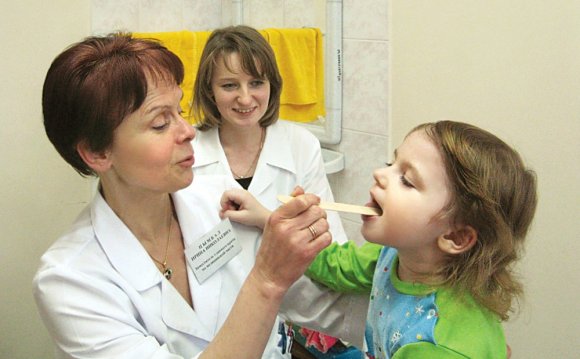

The subject index /
Pavlov Medical University
Categories / Medicine. Public Health/Scientific-research and Educational Institutions and Organizations (see also Science and Education)Categories / Science. Education/Educational Institutions
PAVLOV MEDICAL UNIVERSITY, St. Petersburg State Medical University situated at 8/6 Leo Tolstoy Street. It was founded by subscription in 1897 as the first national Women's Medical Institute, a successor to Women's Medical Courses established in 1872 as a part of the Medical and Surgical Academy. The main building and hostel were erected by architects E. S. Vorotilov and A. N. Vekshinsky, respectively, in 1897. Receiving state support from 1904, the institute was equated to a medicine faculty at university. It was transformed into the First Petrograd Medical Institute in 1918; Petrograd was replaced by Leningrad in 1924, and named after I. P. Pavlov in 1936. It was renamed as the Medical University in 1994. It continued its education program even during the Great Patriotic War of 1941-45 with a military hospital established in the institute. The university has the faculties of therapy, dentistry, sports medicine, and practitioners' postgraduate education, as well as over 50 departments, 16 clinics, 48 laboratories and divisions, and four research institutes. There is also the Minor Schoolchildren's Medical Academy attached to the university. It also has clinical facilities such as the St. Peter and Paul Hospital established in 1835 and known as F. F. Erismann's Hospital in Soviet times. In the university area, there is a monument to W. K. Rontgen sculpted by V. A. Sinaysky in 1929 and a monument to physicians who fell during World War II erected by sculptor A. K. Krutikov and architect L. V. Badalyan in 1987. Attached to the building are commemorative plaques to D. K. Zabolotny, V. A. Almazov, G. F. Lang, I. I. Dzhanelidze, M. D. Tushinsky, and M. V. Chernorutsky.
References: 100 лет Санкт-Петербургскому государственному медицинскому университету имени академика И. П. Павлова. СПб., 1997; Грекова Т. И., Голиков Ю. П. Медицинский Петербург. СПб., 2001. С. 104-116.
T. I. Grekova.
Persons
Almazov Vladimir AndreevichBadalyan Levon Gagigovich
Chernorutsky Mikhail Vasilievich
Dzhanelidze Iustin Ivlianovich (Yustin Yulianovich)
Erismann Fedor Fedorovich
Krutikov A.K.
Lang Georgy Fedorovich
Pavlov Ivan Petrovich
Rontgen Wilhelm Konrad
Sinaisky Viktor Alexandrovich
Tushinsky Mikhail Dmitrievich
Vekshinsky Alexander Nikolaevich
Vorotilov Evgraf Sergeevich
Zabolotny Daniil Kirillovich
Addresses
Leo Tolstoy St./Saint Petersburg, city, house 6/8Bibliographies
100 лет Санкт-Петербургскому государственному медицинскому университету имени академика И. П. Павлова. СПб., 1997Голиков Ю. П., Грекова Т. И. Медицинский Петербург. СПб., 2001.
Chronograph
1897Arefyev А.D. (1931-1978), painter
AREFYEV Alexander Dmitrievich (1931-1978), painter. Lived in Leningrad from his childhood, he studied in a secondary drawing school in 1942-49, expelled from the ninth grade for formalism, studied at the Medical Institute in 1950-53
Health Service (common)
HEALTH SERVICE, PUBLIC. The first stationary medical institutions in St. Petersburg were military hospitals for the army and the navy (opened in 1715 and 1717)
Karpovka, river
KARPOVKA (from Fin. Korpijoki, which means Forest River or Crow River), a river, separating Petrogradsky Island and Aptekarsky Island. The river is 3 kilometres long
Petrogradsky District
PETROGRADSKY DISTRICT, an administrative and territorial unit of St. Petersburg, with its administration located at 19 Bolshaya Monetnaya Street. The district was formed in 1917, and in 1936 the Primorsky District was separated from its territory
RELATED VIDEO












